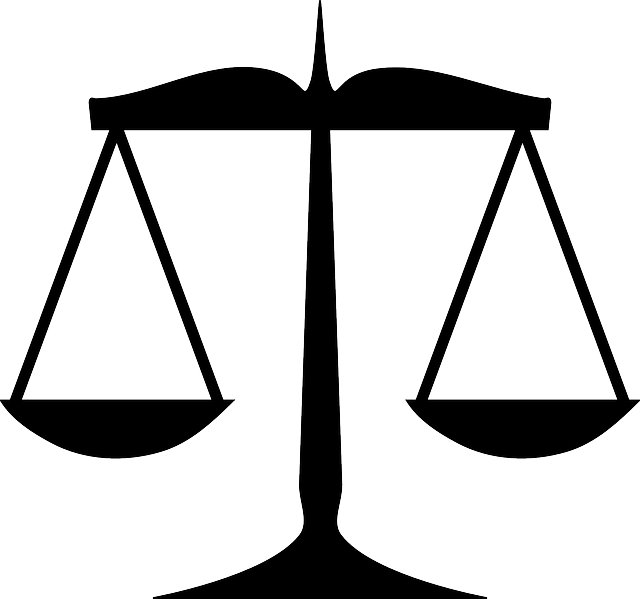Contempt of court, encompassing disruptions to judicial authority or process, has severe consequences including civil and criminal penalties. It's crucial for individuals and legal professionals alike to understand the distinctions between types of contempt and implications for navigation through the legal system. Facing charges requires a strategic defense demonstrating good faith efforts to comply with orders, achieved through proactive communication and clear explanations. Effective communication is vital to prevent misunderstandings, resolve issues, and avoid potentially severe penalties associated with contempt accusations.
Navigating contempt of court challenges can be complex, but expert advice offers valuable guidance. This article provides an in-depth look at understanding and resolving contempt issues, from defining and identifying various offences to strategic defences and effective communication. Learn about filing contempt motions, navigating legal procedures, and fostering constructive dialogue to avoid or resolve these challenges. Gain insights into managing contempt of court situations with confidence and proficiency.
- Understanding Contempt of Court: Definition and Types of Offences
- Strategies for Defending Against Contempt Charges
- When and How to File a Contempt Motion
- Effective Communication: Avoiding and Resolving Contempt Challenges
Understanding Contempt of Court: Definition and Types of Offences

Contempt of court is a legal concept that refers to any act or omission that obstructs, interferes with, or shows disrespect for a court’s authority and process. It can range from willful failure to comply with a court order to direct challenges to the court’s jurisdiction, often resulting in severe penalties. Understanding what constitutes contempt is crucial as it varies based on the type of offence and the specific legal system.
There are two primary types of contempt: civil and criminal. Civil contempt involves actions that hinder or prevent the court from achieving justice, such as refusing to comply with a subpoena or failing to pay fines ordered by the court. In contrast, criminal contempt is more serious, often involving direct challenges to the court’s authority, like disobeying a court order or disrupting proceedings. Recognizing these distinctions is essential for both legal professionals and individuals facing potential accusations of contempt to navigate the complexities of the legal process effectively.
Strategies for Defending Against Contempt Charges

When facing contempt of court charges, a strategic defence is key. One effective approach is to demonstrate a genuine attempt to comply with judicial orders. This can involve providing clear and concise explanations for any non-compliance, along with evidence of efforts made to rectify the situation. For instance, if there was a misunderstanding about the scope of an order, presenting detailed records or communications can help clarify your case.
Another powerful strategy is proactive communication with the court. Engaging in open dialogue allows for the resolution of discrepancies and shows a willingness to cooperate. Regularly updating the court on any changes or challenges that may impact your ability to adhere to orders can also be beneficial. This proactiveness can demonstrate good faith and potentially avert contempt of court allegations.
When and How to File a Contempt Motion

Effective Communication: Avoiding and Resolving Contempt Challenges

Effective communication is a powerful tool in navigating and resolving contempt of court challenges. When parties involved in a legal dispute engage in open and transparent dialogue, it can prevent misunderstandings that often lead to contempt accusations. Encouraging a culture of respectful and clear communication ensures everyone understands their obligations and expectations, reducing the risk of unintentional violations.
By actively listening and articulating concerns, individuals can address potential issues early on. For instance, if a party feels they are unclear about court orders or instructions, asking for clarification rather than assuming can avert contempt. Regular updates and progress reports from all parties involved also foster accountability and build trust, making it easier to resolve any confusion promptly. This proactive approach to communication not only strengthens the legal process but fosters a more harmonious environment for all participants.






